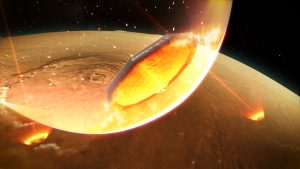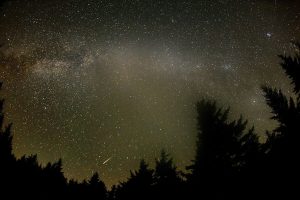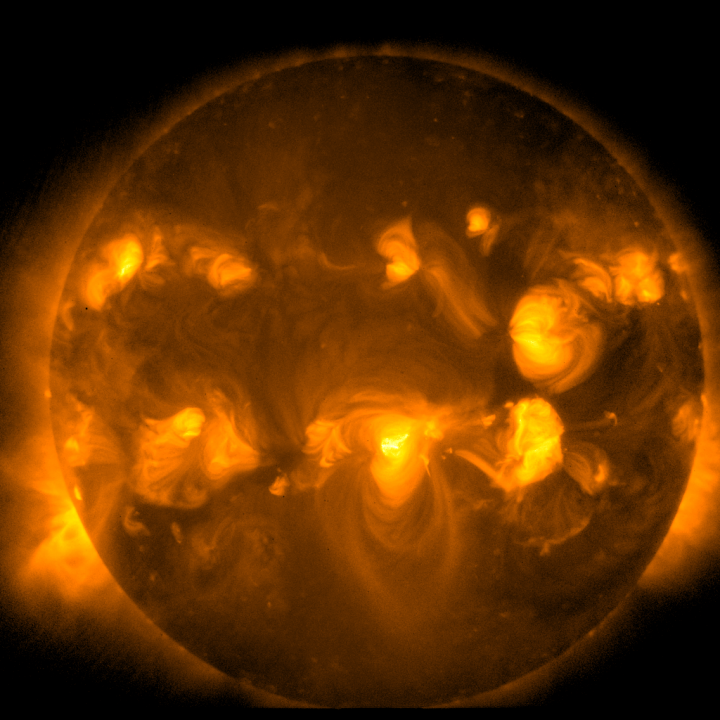
Global space news: the conditions of planets around M-dwarf stars
In 2016, astronomers announced a thrilling discovery. A small planet had been discovered around the nearest star to the Sun, Proxima Centauri. The planet’s orbit was just 11.2 days, but the small size and corresponding lower luminosity of Proxima Centauri compared to our Sun meant that this planet was in the habitable zone, receiving similar levels of radiation from its star as the Earth. So could the surface of our nearest neighbour actually be habitable?
Recent observations of Proxima Centauri have cast concerns on the expected surface conditions of its orbiting world. The star is exceedingly active, producing stellar flares far more often than our own Sun. Flares are a sudden brightening of the star that release a strong burst of energy. This energy moves outwards from the star and bathes closely orbiting planets in high levels of radiation, potentially sterilising the surface.
This problem not only affects Proxima Centauri. Proxima Centauri is a “M-dwarf”, a smaller and less luminous star type than the Sun. Not only are M-dwarf stars by far the most common type of star in our Galaxy, but Earth-sized planets are easiest to detect when orbiting these smaller stars. This makes planets around M-dwarf stars prime candidates for future astrobiological studies. But how can we gain a better understanding of the conditions planets around active stars face? Our researchers share three missions that will help us understand worlds around small stars.
Many rocky planets have been discovered around this type of red dwarf star, and we do not know how their surface environment is affected by such stellar activity. By exploring how the magnetic field of our innermost world, Mercury, interacts with the Sun’s intense solar wind with Mio onboard BepiColombo, we can get a real look at what might be happening to our nearest exoplanet.
Go Murakami, Assistant Professor, BepiColombo Project Scientist
BepiColombo is a joint mission between JAXA and the European Space Agency, ESA, that is currently en route to Mercury. The mission will deliver two orbiters to explore the planet, with JAXA’s orbiter “Mio” focussing on how Mercury’s magnetic field deals with the Sun’s activity at close quarters.

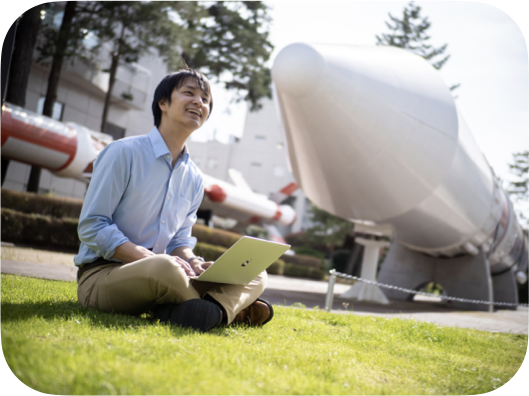
Understanding the activity of the stars themselves is Solar-C, which will examine our own star and how it affects the Earth and other planets of our Solar System.
Armed with the unprecedented sensitivity and resolution, Solar-C (EUVST), to be launched in mid 2020s, will perform detailed ultraviolet observations of the Sun and reveal the mechanisms behind the occurrence of solar flares. Such observations may provide insight into how massive flares occur on Prox Cen and many other stars.
Shin Toriumi, International Top Young Fellow (ITYF), Department of Solar System Sciences
One of the best defences rocky planets may have against dangerous activity from their host star is a magnetic field. The Earth’s surface is protected from the solar wind by our own planetary magnetic field. The high energy particles streaming from the Sun are caught in our field lines and diverted towards the poles. Where they hit the atmosphere, we see the stunning light show of the aurora. Understanding exactly how the solar wind and more vigorous and dangerous solar activity is handled by our magnetic field is the job of Arase:
The terrestrial ambient magnetic field is essential for protecting life on Earth. Our “Arase” exploration satellite investigates how relativistic particles are accelerated and dissipated in the Earth’s magnetosphere as solar activity changes. If there is a magnetic field around Proxima-b, the intense flares from Proxima Centauri could generate large scale plasma physics on a scale significantly different from that on Earth. An exciting prospect would be if we can realize in-situ measurement by spacecraft like Arase in future.
Shoya Matsuda, Assistant Professor, Department of Solar System Science
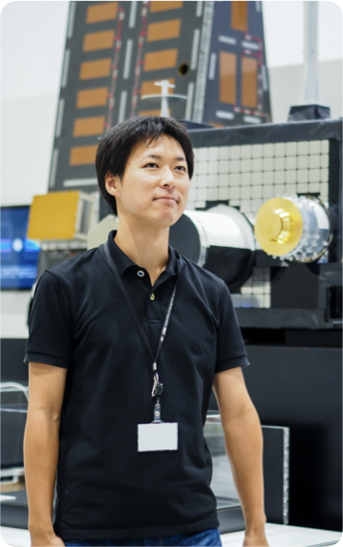
By studying similar environments and extremes in our own Solar System, Mio, Solar-C and Arase will help us understand conditions on our rocky neighbours across the Galaxy.
“Global space news” is a chance for us to highlight important developments across the world and share our excitement of these achievements.
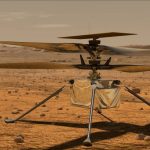 Previous Post
Previous Post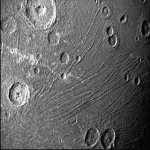 Next Post
Next Post